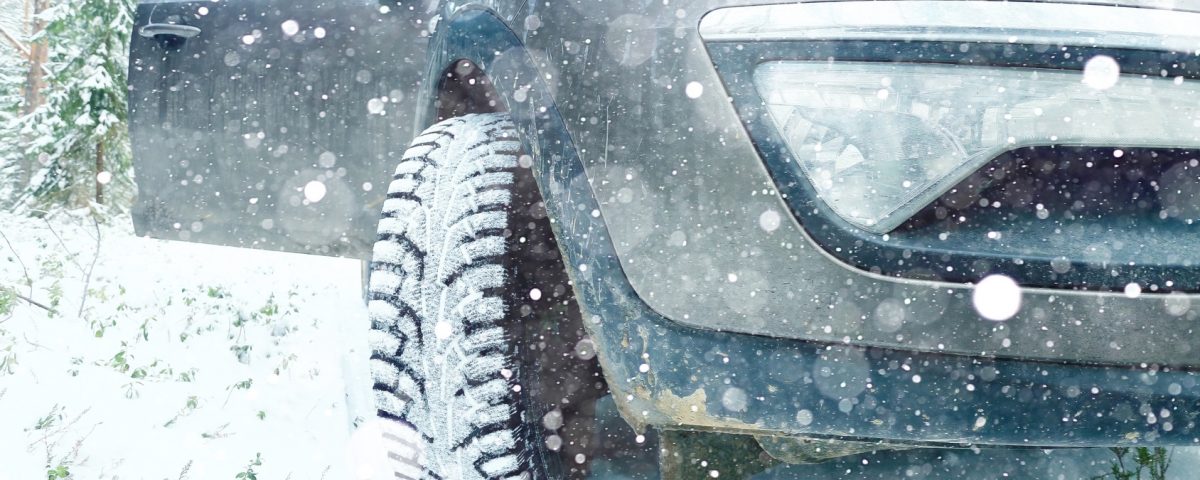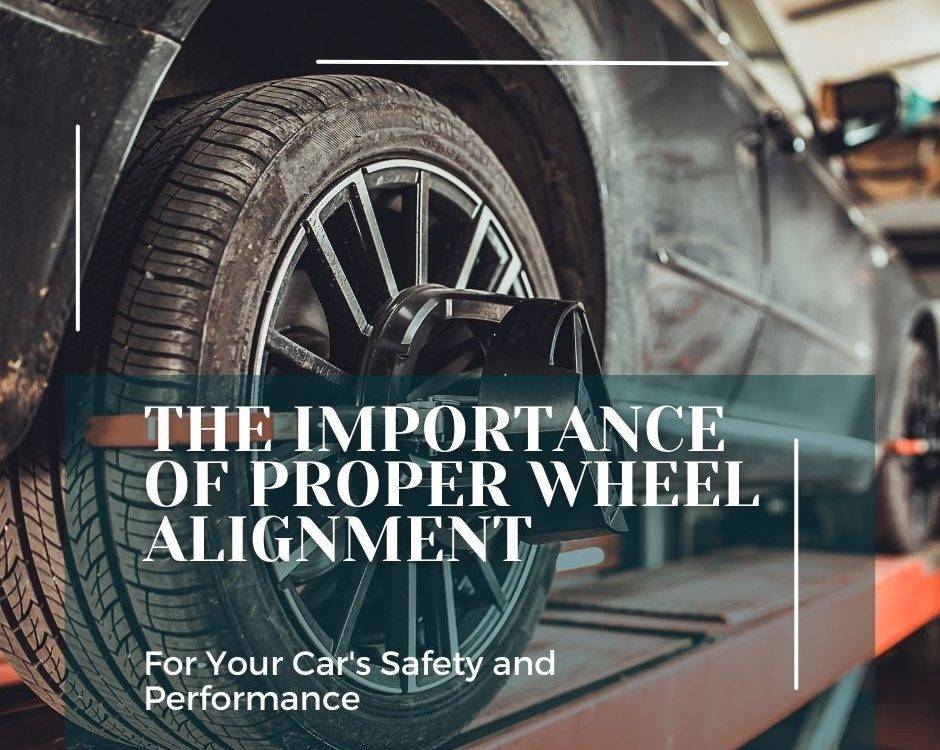- Auto Body Repair - Collision Center
- Leon Valley (210) 680-1987
- Walzem at IH 35 (210) 858-3630
- info@miraclebp.com
Avoid a collison with these added features on your next car.

Save Money On Auto Body Repair Work
It’s the dead of winter and your body may be hating the cold; just imagine how your tires are faring out there on the icy roads. Your tires are one of the key components in ensuring you and your family will arrive safely at your destination. Making sure they are taken care of properly is crucial for any car owner. We will discuss how to correctly check your tires in order to get the best traction and longevity out of your investment.
One simple technique for testing tread depth is using a penny as a measuring tool. This is called the Lincoln Penny Tread Depth Test, aptly named. Insert your penny into the grooves between the tread pattern; making sure Honest Abe is facing you with his head pointing down towards the tread pattern. The guidelines are fairly simplistic. If the tread of the tire completely covers his head then you are good to go. The premise is that at 2/32” the top of his head will be visible and your tread is worn and should be replaced as soon as possible. Tread is extremely important, as it is the main part that grips the road during wet and icy conditions. Ensuring there is adequate traction will allow for better gripping and handling during any condition. Along with the penny test, you should always visually inspect each tire for signs of dry rot or other foul play. Many times nails, screws and other foreign objects will find their way into your tire from driving on the highway and public roads. A screw can stay in your tire for days, even weeks before being detected. Air pressure is very important for traction as well. Improper inflation can result in damage to the tire and unsafe driving. During winter months the air pressure should be adjusted because the cold weather causes the air to contract, lowering the pressure by 1 PSI per 10 degrees. Your car should have a sticker inside the driver’s side door which states the correct amount of air required. If not, and you cannot find the driver’s manual call us today and one of our knowledgeable technicians will be happy to assist you in ensuring the safety of your tires.


